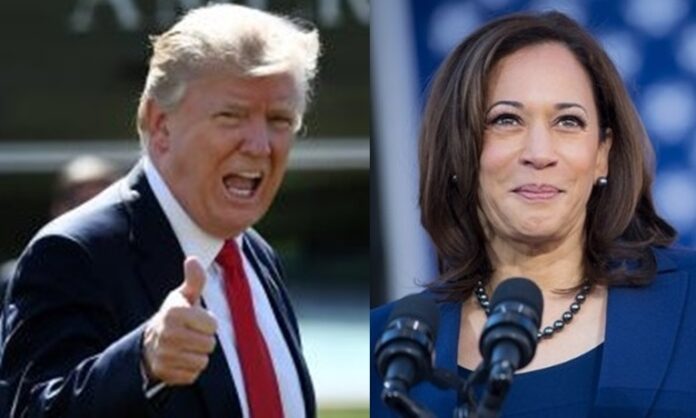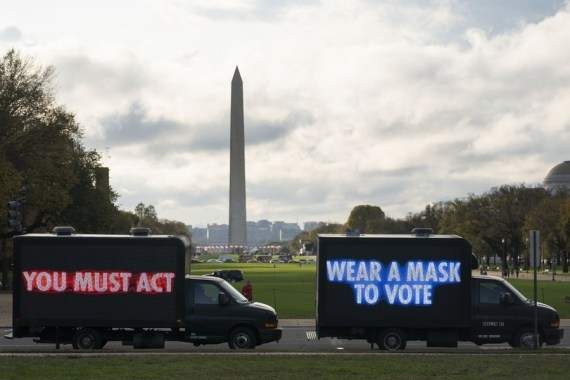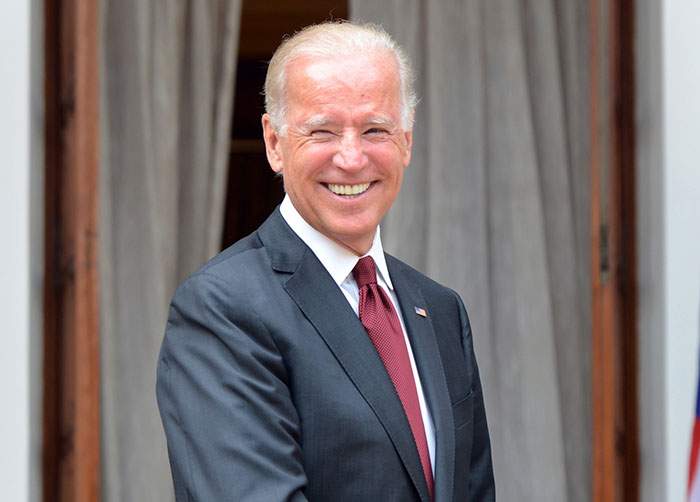New Delhi. November 4, . The eyes of the world are fixed on the presidential election to be held in America on November 5. If you think that the President in America is elected through direct voting by the people, then it is not so.
In 2016, Hillary Clinton got about 28,00,000 more direct popular votes than Donald Trump in the US presidential election but she had to face defeat. In 2000, George W. Bush defeated Al Gore. However, Democratic candidate Gore won the popular vote by more than five lakh votes.
This happened because of the Electoral College – this is a unique system of US presidential election due to which the results are not decided directly by the popular vote.
Popular vote is the total number of individual votes cast by citizens across the country. It reflects the direct choice of the people, where every vote is counted equally.
Now let’s talk about the Electoral College.
On November 5, American voters will vote for Democrat Kamala Harris or Republican Donald Trump. But those votes will not directly determine who wins.
When Americans vote, they are actually voting for a group of electors who will represent their preferences. These electors then vote for the president based on the popular vote within their state.
In fact, the US presidential election is a state-by-state contest rather than a national contest.
Winning any one of the 50 states means that a candidate gets all of the so-called Electoral College votes. There are 538 Electoral College votes in total.
A candidate needs to win a majority – 270 or more – to win the presidency. Their running mate becomes vice president. This is why it is possible for a candidate to become president even if they get fewer votes nationwide, if they win an Electoral College majority.
Each state gets a certain number of electors. Electors are the people who vote in the Electoral College. The number of electors in each state roughly corresponds to its population.
For example, the most populous state, California, has 55 electoral votes, while a smaller state like Wyoming has only 3.
If a candidate wins the papal vote in a state, he usually gets all the electoral votes as well. For example, in 2020, Joe Biden won California, so all 55 electoral votes from California went to his account.
However, this is not always the case. If an elector votes against his state’s presidential candidate, he is called ‘disloyal or faithless’.
In some states, ‘faithless electors’ can be fined or prosecuted.
If no candidate wins a majority, the House of Representatives, the lower house of the US Senate, votes to elect the president.
This has happened only once, in 1824, when the electoral college vote was split among four candidates, leaving none of them with a majority.
Given the current dominance of the Republican and Democratic parties, this is highly unlikely to happen today.
The electoral college system is one of the most controversial systems in the US. While its supporters point to some of its advantages, such as smaller states remaining important to candidates, candidates not having to travel the entire country, and can focus on key states, etc.
While opponents of the electoral college system argue that the winner of the popular vote under this system can lose the election, some voters feel that their individual vote has no value. Much of the power resides in so-called ‘swing states’. Swing states are states where the election can go either way. In the presidential election, the entire focus is on these ‘swing states’.










